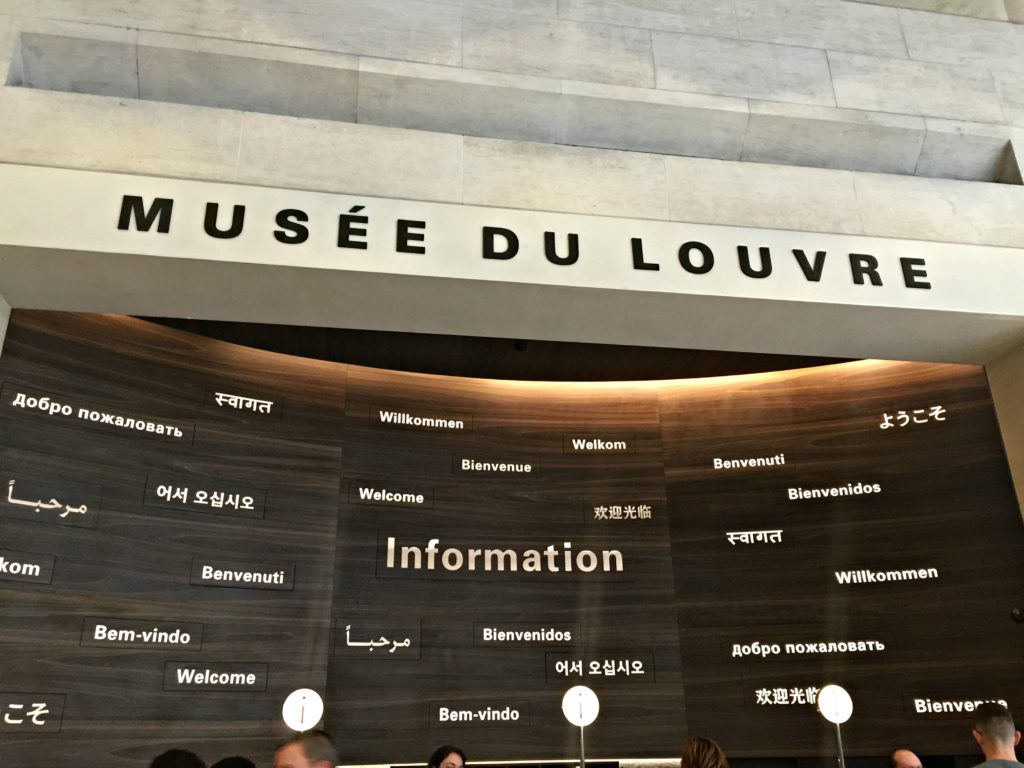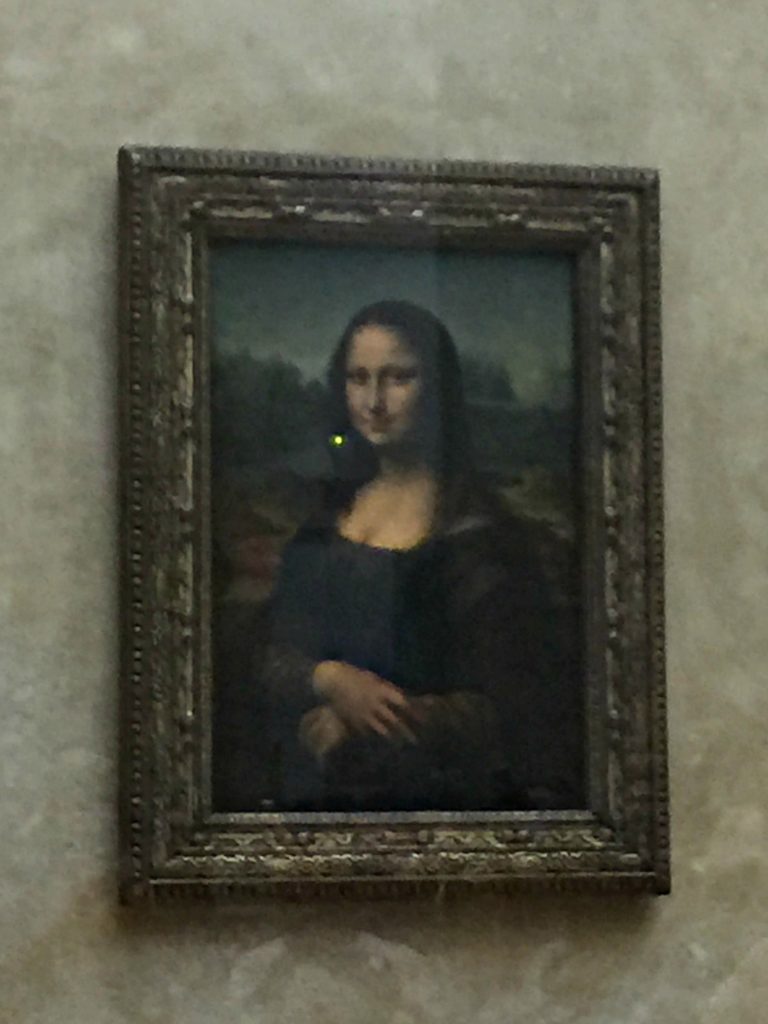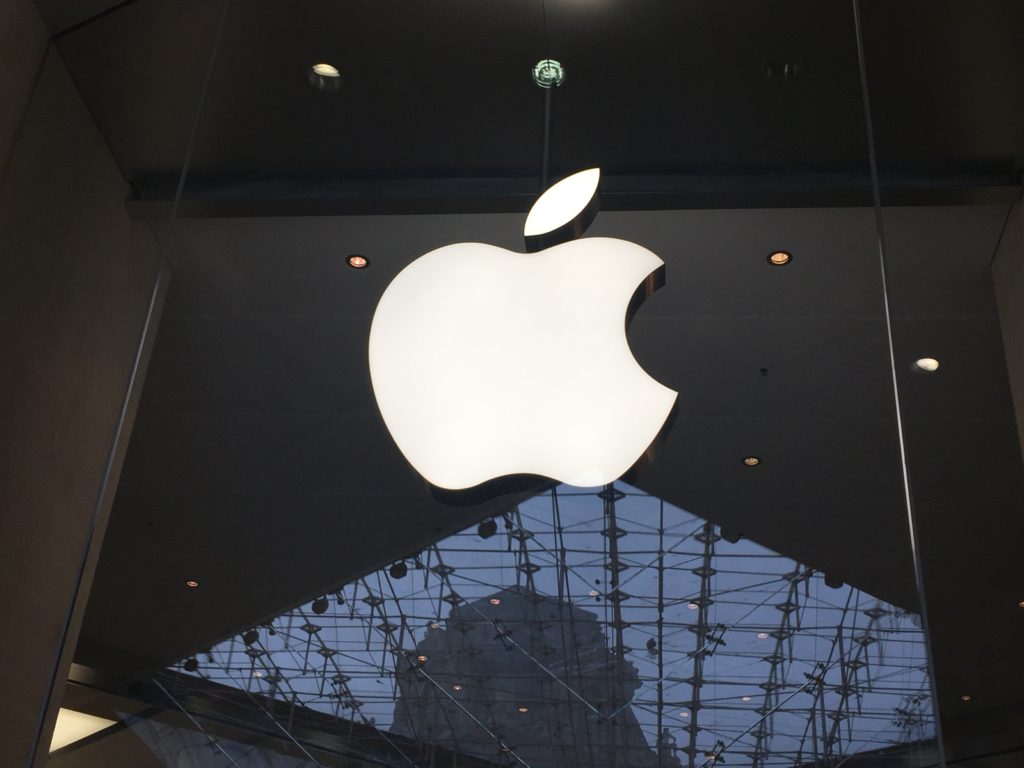Mona Lisa – Apple: Brands To Icons!

Last week, between meetings in Paris, I had a short break and decided to go to the Louvre Museum to answer one question. Something that has fascinated me since I saw the Mona Lisa for the first time as a child. But now with a twist. How did Mona Lisa and Apple become icons? You might wonder, why Apple? Louvre is the world’s largest museum, why would anyone go there to think about Apple? Allow me to explain.
Let’s put this all in context. The Musée du Louvre contains more than 380,000 objects and displays 35,000 works of art in eight curatorial departments with more than 652,000 sq ft. in just the permanent collection. An art lover’s nirvana. To say massive, is an understatement. Yet, one painting, for decades has been the SINGULAR largest observed and sought after painting to see by visitors. One painting out of hundreds of thousands. The Mona Lisa. Why? As you approach the Mona Lisa, the crowds grow, mobs of people taking photos of this painting to to able to say they were there. Several security guards limit the viewing time to 10-15 seconds to accommodate the mobs of people pushing through. Why? I stood there observing the people, in this case a very large Chinese tour group as they were climbing over each other to take the photo. Each one smiling with joy to have made it to this point. To get their selfie with Mona Lisa! What made the very prolific Leonardo da Vinci so famous with this painting? How did this painting go from being famous to iconic!?

Yet we have painting such as Michelangelo’s Dying Slave, Venus de Milo, Eugène Delacroix’s Liberty Leading the People and thousands more. In fact, behind the Mona Lisa is a room of exquisite paintings, yet, I observed people rushing past this room as they had taken their photo with Mona Lisa. Some never even stopped ! Why don’t the other more notable paintings demand such attention? Clearly Mona Lisa is an Icon. It became clear that the Mona Lisa was no longer a work of art, rather, a singular item to be revered, noted and understood.
Very much like Apple, anywhere in the world you can say Mona Lisa or Apple and everyone knows what you are referring to. Everyone! That is the iconic moment, when the word becomes one common, unified, global language. In the case of Apple, simply by the Apple symbol. You don’t need to describe it, everyone knows it, uses it and revers it!

The next part of my adventure was to draw the parallel between Mona Lisa and Apple, another icon. The newly opened Apple store inside the Museum gave me the perfect opportunity for me to do my analysis. I sat nearby observing the thousands of people exiting the museum with the same joy as they had had observing the Mona Lisa, entering the Apple store. Like the Mona Lisa, the Apple store demanded most of the visitors, even though there were many vacant shops around the Apple store.
Both icons, neither need explanation. Everyone knows the name and the brand. Icons such as the Mona Lisa and Apple are extremely set apart from the tens of thousands of paintings (in Mona Lisa’s case) and the hundreds of competitors (in Apple’s case). Neither one competes with others for attention, rather, they set an expectation which is so high, that no other can compete with them. In Apple’s case, we should see tons of Samsung stores around the world. But there aren’t. Rather, Samsung is a brand of phone which is sold at your local mobile provider store or on line. In fact, no other brand has a recognizable (iconic) presence like Apple.
Icons set the rules and differentiation is so high that they cannot be competed with. Icons are no longer brands or items, rather, they have created cultural movements. Setting standards in Art and Technology, The Mona Lisa and Apple have set the pace of the limits that Art and Technology can reach. Icons become terms understood uniformly in the global dictionary among hundreds of millions.
What do you think?

